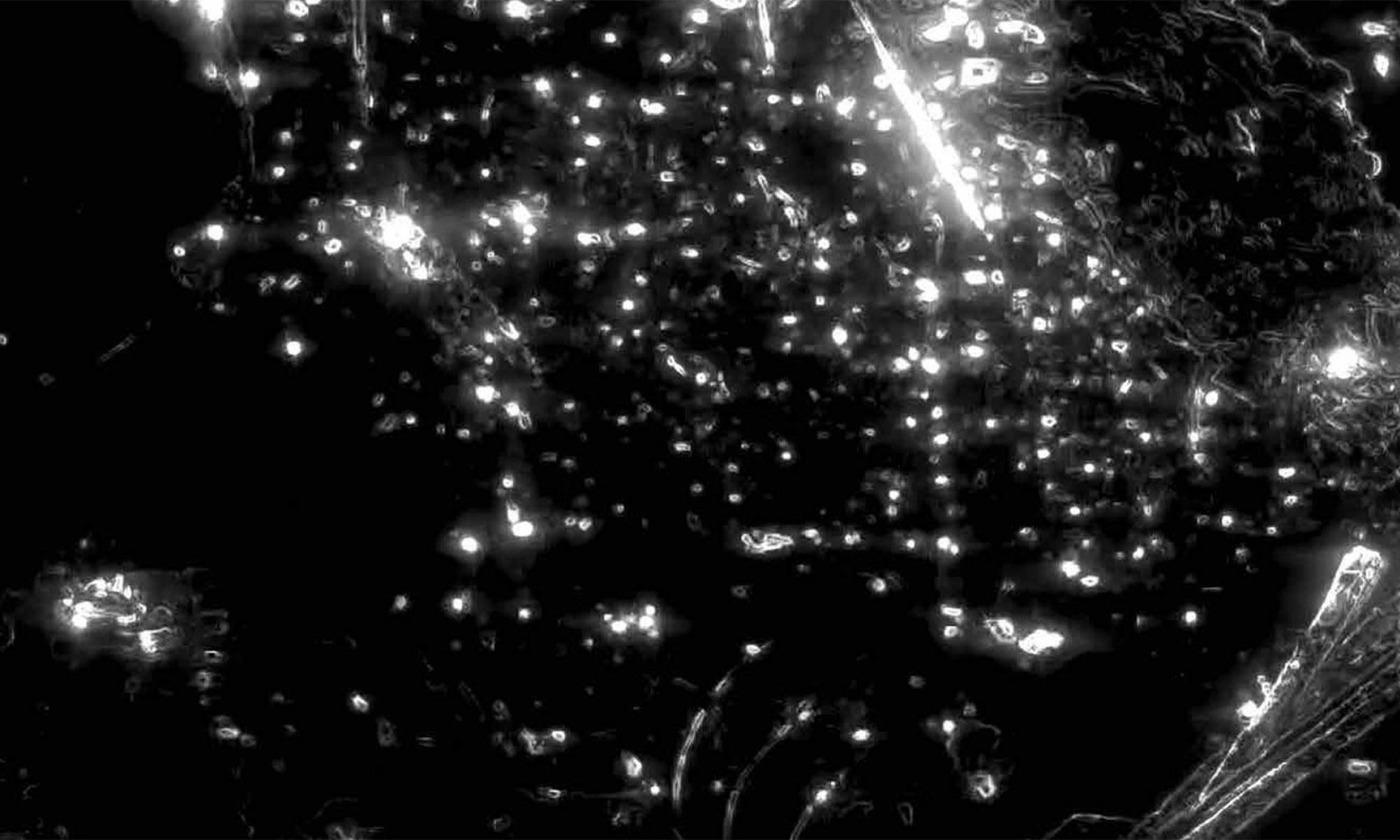Turning Around and Upside Down: Taki, Tiam and the Nomadic Rhythms of Rain Ants
The works illustrated here derive from an ongoing multispecies art project that follows nomadic ants across the Kichwa community of Sarayaku in the Ecuadorian Amazon. In Sarayaku, alternative political realities and knowledge- making practices for weaving relations with the forest challenge Western aesthetic conventions for sensing and relating to other social beings. Here, entities, places, materials and elements are entangled in the cosmology of Kawsak Sacha, the living forest. Encompassed within the Kawsak Sacha, life and death boundaries are interwoven through relations that move to the rhythms of a medium in formation.1 In this sense, rhythm, as an idiom based on the Kichwa principles of taki and tiam, enables my performative practice with nomad ants and a different way of understanding their social forms.2
1. Tim Ingold, ‘Earth, Sky, Wind, and Weather’, Journal of the Royal Anthropological Institute, vol. 13, issue s1, 2007, pp. S19–S38; Eben Kirksey, Emergent Ecologies, Duke University Press, Durham, N.C., 2015.
2. Antonia Carcel.n-Estrada, ‘Weaving Abya-Yala: The Decolonial Aesthetics of Indigenous Resistance’, New Diversities Journal, vol. 19, no. 2, 2017, pp. 103–17.
Title image:
Kuai Shen
Inverted Bivouac, 2019 (detail)
Still from HD video using edge
detection in computer vision with
OpenCV
Courtesy of the artist

